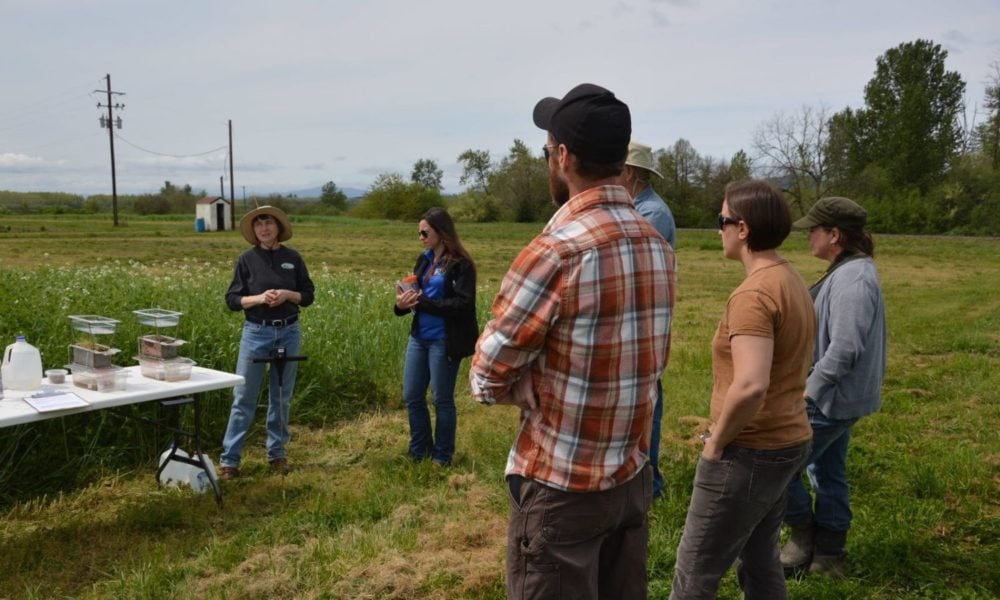Several years ago I led a team of scientists working with residents in several polluted towns in an industrial region in France to collect health and related environmental data. The participatory science project collected self-reported data by surveying door-to-door using a random sampling of addresses. The project lead led to extensive policy impacts driven by the local residents. These included stopping a local incinerator expansion and ending “excess pollution” permits given to industry. Eventually the local residents’ actions led to a much larger national impact–an unprecedented lawsuit filed by the residents against the polluting industries. While participatory science (i.e. citizen science, Community Based Participatory Research (CBPR)) is not new, there were several elements of our project that stand out for “super-charging” participatory science in the public and political realm.
There are informational resources for scientists wishing to engage with local communities as well as networks designed to facilitate those connections. There are also a few key strategies that can increase the effectiveness of scientists’ engagement with local groups.
- Find out what local groups want to know. What are their questions that are answerable through science? Work with the group to clarify their questions.
- Find out why groups are asking questions. What problem or concern are they trying to address? What kinds of outcomes are they hoping for? For example are community groups hoping to change permitting policies, strengthen environmental regulations, alter city refuse disposal, or shift pesticide use to greener alternatives?
- Explain to lay people the kinds of data or science that can enable them to find an answer to their questions. Find out if this data or analysis already exists and how to access it. If the data does not exist, what kind of participatory study or citizen science project could produce an answer to the communities’ questions? This may involve consulting with other subject matter experts along the way.
- Investigate what kind of science is most likely to inform policy makers or to influence politicians and regulators. Research the kinds of science and data standards that inform current policy. Design the participatory science project with the local group to try and answer their questions with science that will align with what regulators and government officials currently use for decision-making.
- Any data collected with or for local groups should be analyzed with the group in an open, deliberative fashion. Through collaborative discussion of data, new ideas on how to analyze the data can occur. The local group’s experience and personal evidence informs their understanding of the relevant science. Ideally, their empirical knowledge informs the further analysis of data done by scientists.
- Final reports should include a robust accounting of the community’s ideas and input gained during the collaborative analysis phase. This qualitative data interpretation and analysis by regular people should be recorded alongside any quantitative data reported. This shapes a final report into a chorus of local voices, which is ideal to promote press coverage and attract political notice. At the end, scientists should get out of the way of promoting the outcomes and findings from the report and let community members do their own talking. Including local people in data analysis can lead to a powerful science-infused public voice informing media, pressuring politicians and government regulators, and potentially, leading to better policy outcomes and structural change.
When scientists work with communities to ensure that data and technical information addresses their questions in the context of their lived experiences, a more robust science can emerge. Local residents can add great value to science both in the kinds of questions they ask and their on-the-ground knowledge of the issues at hand. In the project I led in France, the health issues we were able to collaboratively document and analyze with the residents were, in part, responsible for the state taking the following actions: providing more access to health specialists; continuing operation of a local health clinic that was slated for closure; agreeing to establish a regional cancer registry; and funding medical research to understand the co-morbidities of exposure to industrial pollution in the region. Participatory science, doing science with the people, can promote scientific rigor, social relevance, and policy reach, the 3Rs of participatory research.
We need more, and more effective, tools for science advocacy to help us achieve these outcomes.

